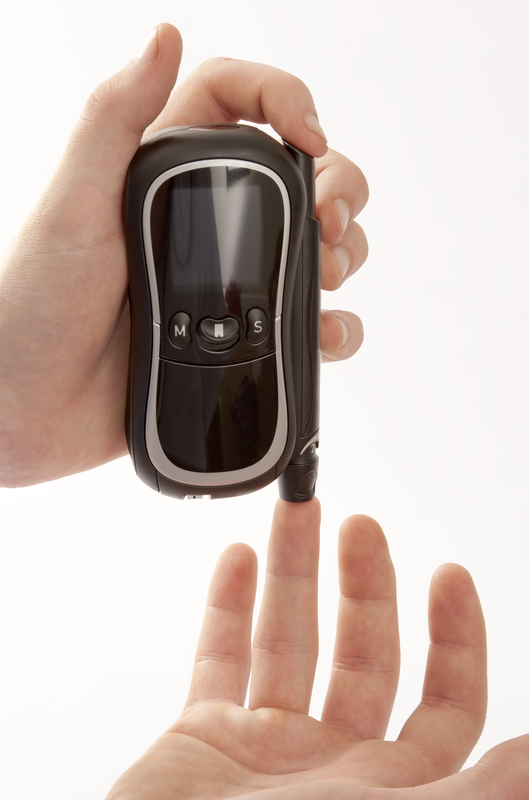
There are several precautions a client can take to not only prevent hypoglycemia, but to also have a safe exercise experience. Use these Guidelines to help your client avoid complications during exercise.
- Inject insulin in a part of the body that will not actively be used for exercise. The abdomen is recommended.
- Check blood glucose levels before, during and after exercise the first couple of exercise sessions and/or if trying a new activity.
- Activity type, intensity, and duration may affect glucose levels.
- Typically, 1 hour of exercise = additional 15 g of carbohydrates either before or after exercise.
- During exercise, a quick source of carbohydrates (that does not also contain fat) should be readily available such as orange juice or candy.
- Be aware of a delayed post-exercise hypoglycemia in those who take insulin.
- Metabolism may remain elevate for several hours post-exercise especially during the night.
- Check glucose at bedtime and again couple hours after (~1-2AM) especially on a day of increased activity.
- Adequate fluids before during and after exercise are recommended.
- Wear proper shoes with polyester or blend socks as well as inspecting feet after exercise to practice good foot care.
- Carry medical identification.
For more information about working with clients with chronic disease, see the Fitness Learning Systems Chronic Disease and Exercise Specialist Certificate Program. Specialize and become recognized as a medical fitness professional. Fitness Learning Systems is an IACET accredited continuing education provider.


